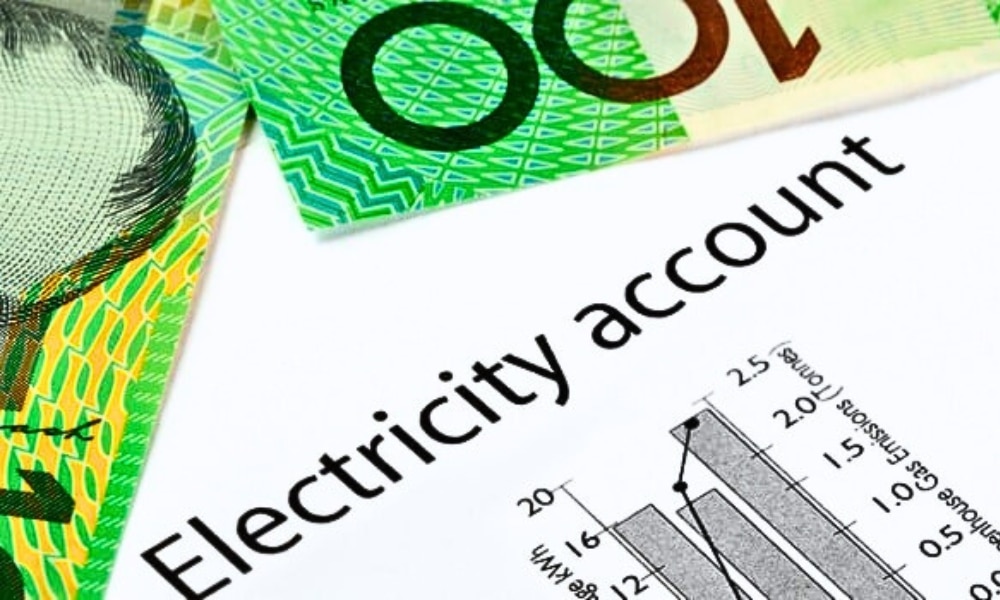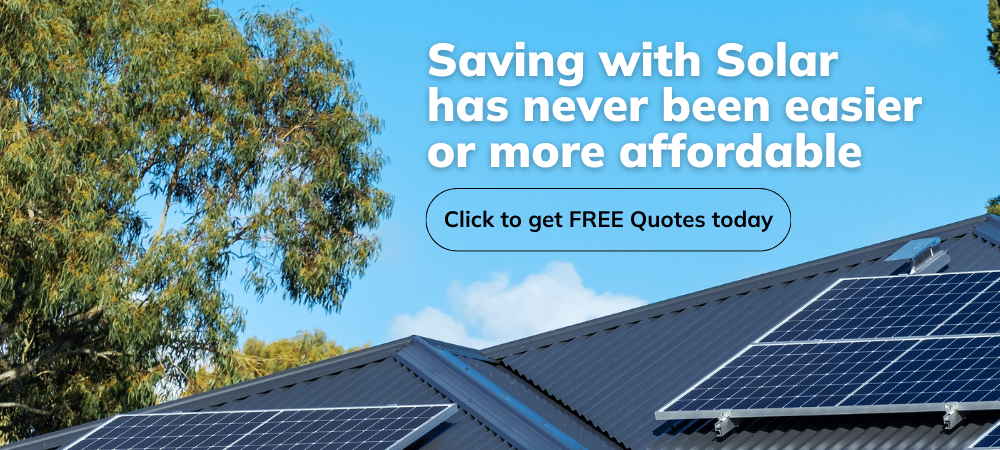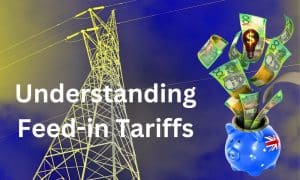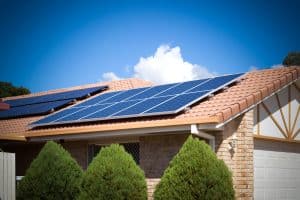Updated on 05 July 2025
The adoption of solar panels across Victoria has surged in recent years, driven by a desire to cut electricity bills, embrace sustainability, and benefit from government incentives. Among the key incentives for solar adopters is the solar feed-in tariff (FiT), which allows households and businesses to earn credits for the excess electricity their rooftop solar panels send to the grid. However, understanding the nuances of Victorian feed-in tariffs and optimising your returns can be daunting. Here’s a comprehensive guide to getting the best value from your solar system.
Understanding Victorian solar feed-in tariffs
What are feed-in tariffs?
Feed-in tariffs (FiTs) are payments that solar system owners receive for exporting surplus electricity to the grid. When your solar panels produce more energy than your home uses, this excess is sent to the grid, and your energy provider compensates you for it. These payments reduce energy costs and generate revenue depending on solar production and consumption habits.
In Victoria, the Essential Services Commission (ESC) sets minimum FiT rates annually, varying between retailers. Homeowners are encouraged to shop around to find the most advantageous FiT rate.
If you decide to switch retailers for a better FiT rate, ensure you review the following:
- Overall electricity rates: Increased usage rates may offset a higher FiT.
- Contract terms: Check for lock-in periods, exit fees, and other conditions.
- Reputation and service: Choose a retailer known for reliable customer support.
Types of feed-in tariffs in Victoria
Victorian solar feed-in tariffs are categorised into two types:
1. Single rate feed-in tariff
The single-rate FiT pays a flat rate for all exported energy, regardless of the time of day. It is straightforward and popular among many households.
2. Time-varying feed-in tariff
Time-varying FiTs offer different rates depending on when the energy is exported. For instance:
Peak (3 pm–9 pm): Highest rates due to increased demand (e.g., late afternoons and evenings in summer)
Shoulder (7 am–3 pm, 9 pm–10 pm): Moderate rates. A mid-range rate applies during transitional periods like late mornings and early evenings.
Off-Peak (10 pm–7 am): The lowest rates are paid during low-demand times, such as late nights and early mornings, as demand is minimal.
Time-varying tariffs incentivise users to align their energy exports with peak periods when rates are higher.
Victorian solar feed-in tariff rates for 2024-2025 and 2025-2026
- From 1 July 2025 to 30 June 2026, the minimum single-rate FiT in Victoria is set at 0.04 cents per kWh.
- From 1 July 2024 to 30 June 2025, the minimum single-rate FiT in Victoria is set at 3.3 cents per kWh.
- For time-varying tariffs from 1 July 2025 to June 2026, rates range from 0.0 cents to 7.55 cents per kWh during peak times. These rates may vary among retailers, so it’s worth comparing offers to maximise your returns.
Check our page to learn more about the Solar Feed-In Tariff in Victoria.
How to get the best value from your solar panels
To optimise your FiT benefits from your solar panels in Australia, consider the following strategies:
1. Choose the right feed-in tariff
- Assess your usage patterns: If your household exports most energy during the day, a time-varying FiT may yield higher returns. Conversely, a single-rate FiT might be preferable if your exports are consistent.
- Compare energy retailers: Retailers may offer rates above the ESC’s minimum FiT. Use comparison tools or consult energy brokers to find the best deals.
Check our page to learn more about Solar Feed-in Tariff Comparison: Best Tariffs by State and Territory.
2. Monitor and adjust your energy usage
- Shift energy-intensive tasks: Daily use of appliances like washing machines, dishwashers, and air conditioners directly consumes more of your solar energy.
- Implement energy-efficient practices: Replace old appliances with energy-efficient models and switch to LED lighting to minimise consumption.
3. Invest in a smart meter
Smart meters are essential for households using time-varying FiTs. They measure the timing of your exports, ensuring you receive accurate payments based on the applicable rate.
4. Optimise solar panel performance
- Regular maintenance: Keep your panels clean and debris-free to ensure maximum efficiency.
- Upgrade inverters: Modern inverters improve energy conversion and help monitor production in real time.
- Orientation and tilt: Panels facing north at an optimal tilt angle maximise solar exposure.
5. Store surplus energy
While FiTs compensate for exported energy, storing surplus power in solar batteries can increase self-consumption and reduce reliance on grid electricity. Using stored energy during peak periods avoids higher electricity rates, which is especially beneficial if your FiT is lower.
Embrace the energy efficiency revolution by upgrading your solar systems and adding a battery, solar inverters + more with Energy Matters.
Understanding the role of solar battery storage system
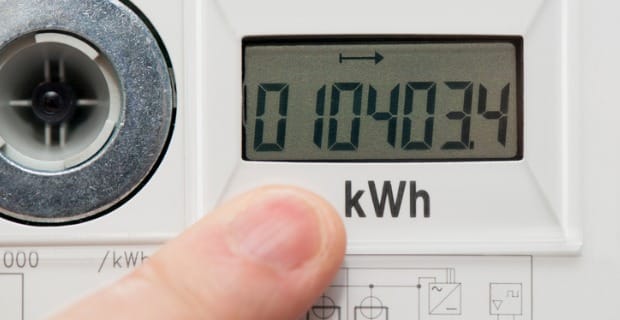
Adding solar battery storage systems can provide long-term benefits beyond just FiTs. Solar batteries allow you to store excess energy for later use, offering energy independence and protection against rising electricity prices. Some Victorian households are eligible for rebates under the Solar Homes Program, making solar batteries a more affordable investment.
Use Energy Matters’ easy-to-use solar power and battery storage calculator to determine the size of your solar system with storage! Our solar calculator will generate performance information and potential savings
We can send this information to 3 of our pre-vetted and trusted local installers in your area to receive obligation-free solar quotes.

Check our page for Energy Matters’ recommended solar products.
Government support and incentives
Victoria’s Solar Homes Program offers rebates to encourage solar adoption, helping reduce upfront costs for residential solar systems and batteries. In addition, the Small-Scale Renewable Energy Scheme (SRES) provides financial incentives through small-scale technology certificates (STCs), further enhancing solar’s affordability.
The future of solar feed-in tariffs
With renewable energy becoming mainstream, FiTs are likely to continue evolving. While rates may decrease as solar adoption grows, advancements in solar battery storage, grid infrastructure, and virtual power plants (VPPs) offer exciting opportunities for solar users to enhance their energy savings and contributions to the grid.
Victorian solar feed-in tariffs are a powerful way to maximise returns from your rooftop solar panels. By understanding tariff structures, optimising energy usage, and considering solar battery storage, you can significantly enhance the value of your solar investment.
Switch to solar today with Energy Matters, your trusted partner, for innovative solutions and solar expert advice. Start saving on energy bills and contributing to a sustainable future. Get your free solar quote now!









